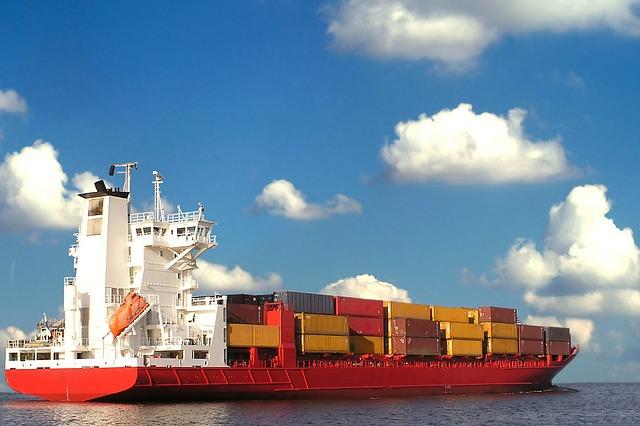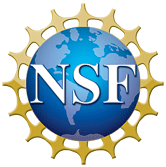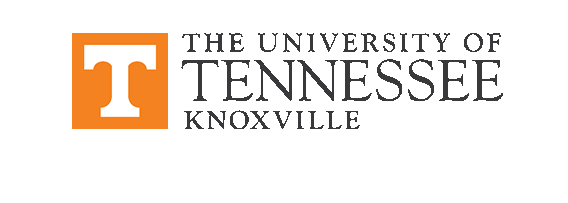2015 SRE Project
Ships, Ports, Invasions and Math: Invasive Species Movements through Global Shipping Routes
Mentors:
Dr. Dan Simberloff
Dr. Louis Gross
Graduate Assistant: Cedric Landerer
Graduate Assistant: Angela Chuang
Participants:
Ashish Gauli (Computer Science, Fisk Univ.)
Nathan Wikle (Mathematics, Truman State Univ.)
Ryan Yan (Mathematical Biology, College of William and Mary)
 The shipping industry is an important unintentional pathway for novel species introductions, and is responsible for some of the highest impact invasions in history (e.g., rats, zebra mussels, mosquitoes). This project seeks to identify properties of ports that lead to invasive species outbreaks, and to study the role of secondary invasions in worldwide species movement. Students will create, analyze and evaluate a network-based mathematical model indicating how shipping networks move both terrestrial and marine species across the globe. This work has the potential to inform management and policy decisions on cargo inspections and risk assessments, and will provide a better understanding of invasive species movement through unintentional pathways.
The shipping industry is an important unintentional pathway for novel species introductions, and is responsible for some of the highest impact invasions in history (e.g., rats, zebra mussels, mosquitoes). This project seeks to identify properties of ports that lead to invasive species outbreaks, and to study the role of secondary invasions in worldwide species movement. Students will create, analyze and evaluate a network-based mathematical model indicating how shipping networks move both terrestrial and marine species across the globe. This work has the potential to inform management and policy decisions on cargo inspections and risk assessments, and will provide a better understanding of invasive species movement through unintentional pathways.
Product: Comflo - an interactive commodity flow visualization system developed by project participants.
Feature article: Students create tool to stop pests in their tracks
Abstract of project report (PDF)

|
| Project group (from L): Ashish Gauli, Computer Science, Fisk Univ., Nathan Wikle, Mathematics, Truman State Univ., Ryan Yan, Mathematical Biology, College of William and Mary, Cedric Landerer, Angela Chuang, and Dr. Dan Simberloff |
Return to SRE 2015.
NIMBioS
1122 Volunteer Blvd., Suite 106
University of Tennessee
Knoxville,
TN 37996-3410
PH: (865) 974-9334
FAX: (865) 974-9461
Contact NIMBioS


